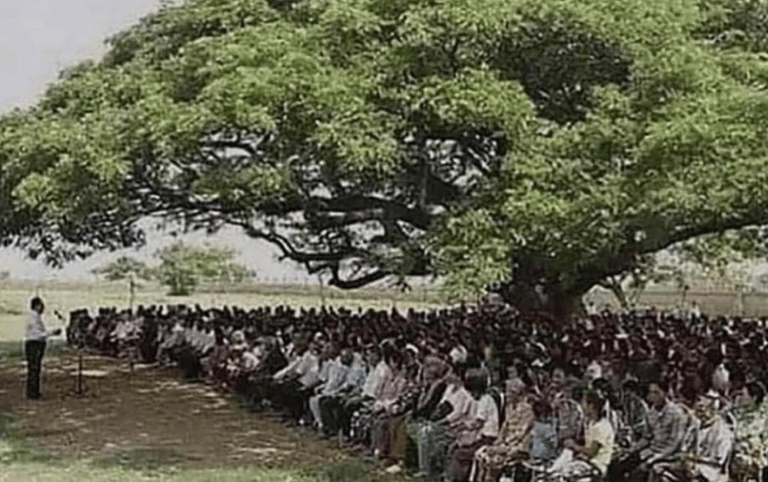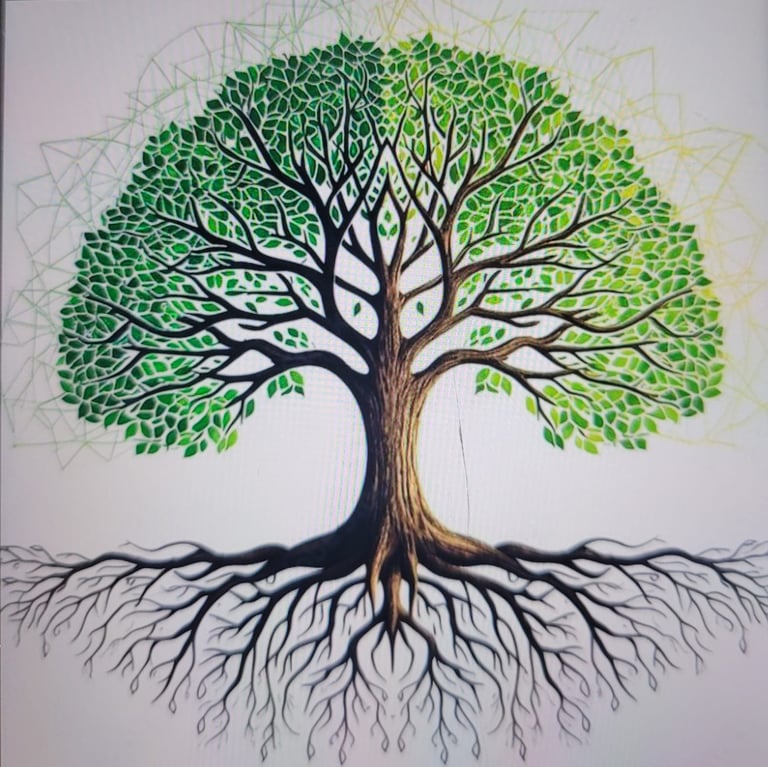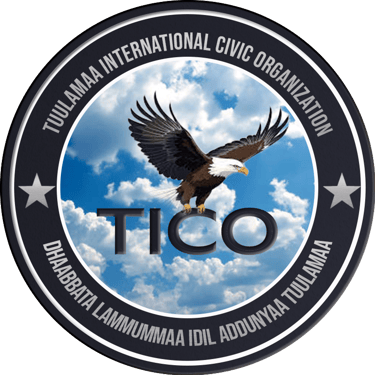Tuulamaa History /Seenaa Tuulamaa/
The Native Tuulamaa Oromos have a rich tapestry of indigenous traditions, heritages, beliefs, and history. However, this vibrant cultural landscape faced significant threats, particularly from the northern Abyssinian settlers.
Before the 1800s, the Abyssinian settlers began to encroach upon the Tuulamaa Land. With their territorial expansion came a systematic attempt to erase the indigenous cultures of the Tuulamaa Oromos. Their traditional practices, beliefs, and historical narratives were suppressed, replaced with foreign customs and narratives.
The situation didn't improve after the 1800s. The Abyssinian settlers continued their cultural onslaught, further eroding the indigenous traditions of the Tuulamaa Oromos. The rich cultural heritage that had once flourished began to fade, overshadowed by the imposed Abyssinian culture.
Yet, despite these challenges, the spirit of the Tuulamaa Oromos remained unbroken. They clung to their indigenous traditions and beliefs, passing them down through generations. Their history, though under threat, was not forgotten but lived on in the hearts and minds of the Tuulamaa Oromos.
Systemic And Secrete Crime of Genocide The systemic and secret crime of genocide and displacement NTO constitutes a deliberate and organized campaign of racial destruction across a significant expanse of Tuulamaa territory. This initiative was orchestrated by the Government of Ethiopia, with the Orthodox Church acting as an institutional agent of the government. Act Of Isolation NTO community Deterioration of public services Deterioration of educational services Deterioration of healthcare and other social services Current situation: The NTO community is experiencing ongoing displacement and ethnic violence, leading to significant survival challenges that demand urgent intervention. They are subjected to various forms of life-threatening violence and have suffered numerous horrific human rights abuses that must be addressed and prevented. Statement of solution The proposed solution aims to unite the Native Tulamaa Oromo peoples through an institution that bridges political and religious divides. It seeks to strengthen community ties based on shared socio-cultural traditions and economic resources, enhancing social cohesion. This long-term community networking and empowerment project will start in Finfinnee and extend across all four zones of Tuulamaa Land. Key initiatives include: Establishing a strong intellectual union. Forming associations for young girls and women. Creating a professional youth association. The region comprises four main zones: Silaalee, Hadaamaa, Walisoo, and Hambboo. Each zone will have a regional advisory committee of local traditional leaders to advise on community development, and a Board of Directors will be formed to incorporate local knowledge into strategic planning and funding decisions for development....


Systematic and Secret Crime of Genocide


